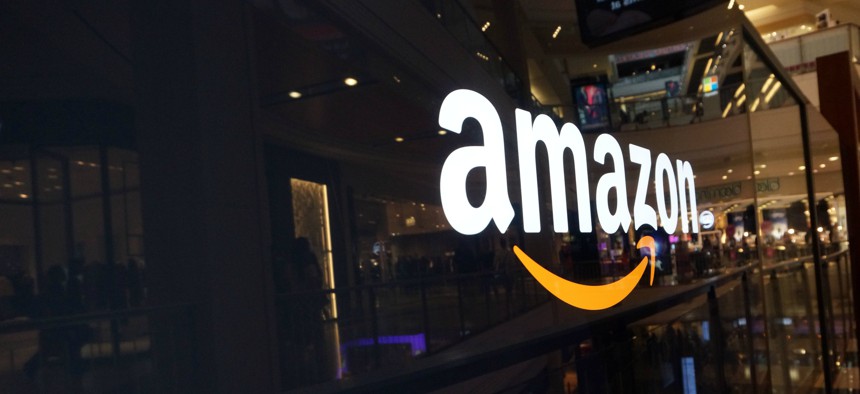Seven US States Were Too Small to Even Apply For Amazon’s HQ2.


Connecting state and local government leaders
But two other states with less than a million people tried anyway.
Amazon announced that it had received 238 bids for its second headquarters, dubbed HQ2. Those bids came from 43 states in the US, as well as Canada and Mexico. With cities and states fawning to give billions in tax breaks and even name whole towns after Amazon in a quest to attract its 50,000 jobs, why didn’t those seven US states feel the need to apply?
“Our state simply wasn’t able to accommodate what Amazon was looking for,” Ronja Abel, deputy communications director for the state of Montana, tells Quartz. “Amazon was looking for a metro area of 1 million. Montana has a total population of just over 1 million spread out over 100,000 square miles.”
Indeed, in its call for proposals (pdf), Amazon stated a preference for “metropolitan areas with more than one million people.” None of the seven states who declined to submit have cities that meet that criteria. In fact, four of the seven don’t even have a state population large enough to clear the bar.

“We would’ve certainly liked to,” said Thomas Johnson, chief performance officer for Wyoming’s economic development agency. But the requirements “simply precluded us from trying to apply. We didn’t want to waste Amazon’s time.” The state instead put its full support behind Colorado’s application because of Denver’s proximity to Cheyenne, Wyoming’s capital. “If Denver gets the project, it will bring a lot of benefits to our community,” Johnson said. “We thought it would be more worth our energies to focus on that.”
For the other five states, the story was much the same. “Amazon is a great company,” Scott Stern, commissioner of South Dakota governor’s Office of Economic Development, added for good measure. “However, our priority is bringing the thousands of small and medium companies that produce what Amazon sells to South Dakota.”
That said, there were two states with populations below 1 million that defiantly ignored the tech behemoth’s preferences and submitted proposals anyway, according to the company’s map. Alaska, population 741,894, and Delaware, population 952,065 will be remembered as the heroic states who stood up for the little guys.
It gives us a heartfelt reminder: You can dare to dream.
Karen Hao covers technology for Quartz, where this article was originally published.

NEXT STORY: The End of Ron Burgundy? FCC Kills Local Newsroom Requirement




